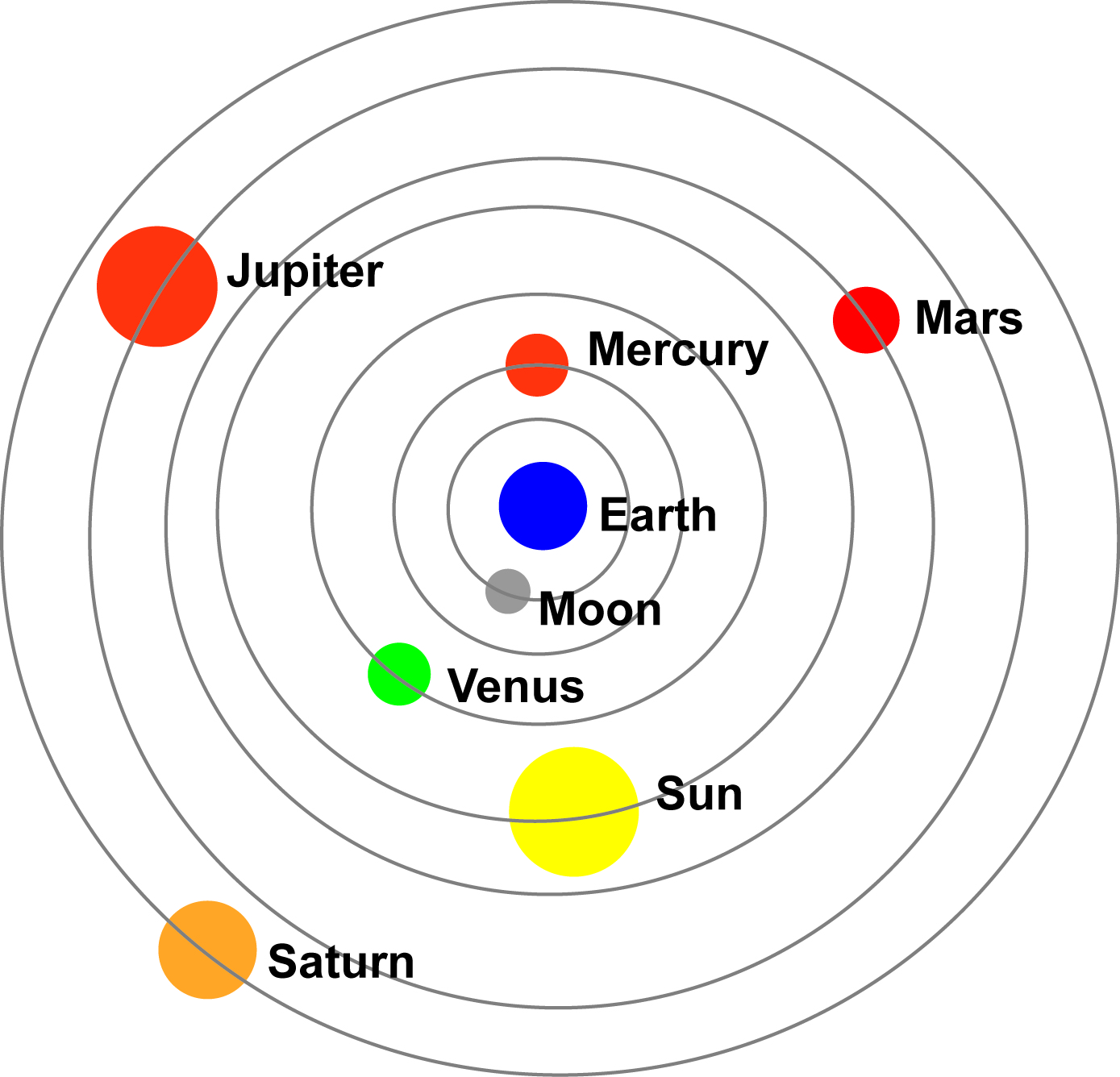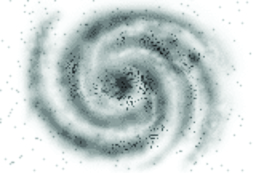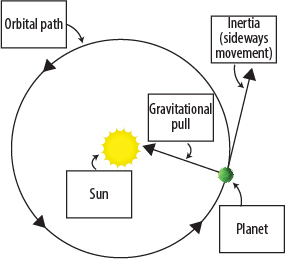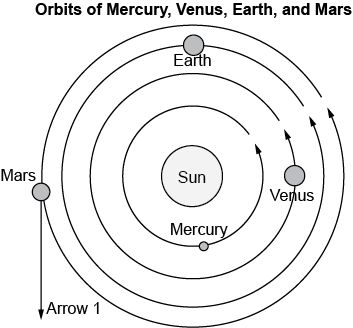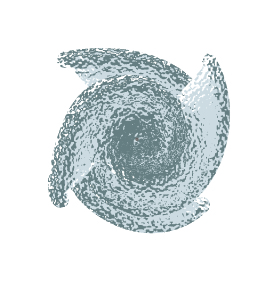1. Which theory does this model best support?
B.
heliocentric
6. Which of the following would most likely be measured in light-years?
D.
distances between stars and galaxies
12. How long is a day on Venus?
D. 243 Earth days
19. How would the planets most likely move in the solar system if there was no gravity?
B.
The planets would move in a straight path
Question 5.
What kind of galaxies are these?
1.
3.
1. Irregular Galaxy
2. Spiral Galaxy
3. Elliptical Galaxy
4. Elliptical Galaxy
Question: 2
What is the biggest difference between the geocentric and heliocentric models of our solar system?
A.
In the geocentric model, Earth is at the center of our solar system. In a heliocentric model, the Sun is at the center of the solar system.
7. Which of the following groups contains objects arranged in order of increasing size?
A.
moon, planet, star, galaxy
13. Which statement best describes the differences between the inner planets and the outer planets?
B.
The inner planets are small, solid, rocky bodies, while the outer planets are large, gaseous bodies.
20. Which model correctly shows the force of the Sun on an individual planet?
D.
Gravitational pull is exerted by the Sun toward itself. A sideways force is exerted by the planet due to its inertia of motion. The inertia causes the planet to revolve around the Sun in a circular path. The circular path is the orbit of rotation of the planets.
23. Earth orbits the Sun because of Query 1 gravitational force. The Moon orbits Earth because of _________ gravitational force. The Sun has _________ gravitational force than the planets because it has ______ mass.
Earth orbits the Sun because of the Sun's gravitational force. The Moon orbits Earth because of Earth's gravitational force. The Sun has more gravitational force than the planets because it has more mass.
Question: 3
Why did the knowledge about Earth's position in the solar system change?
C. because new technology gave scientists new evidence that changed their interpretation of celestial movement
9. A light-year is a unit of measurement that is best used to express the
A.
The distance between two planets in different solar systems.
14. Lee made a model of the solar system using common objects to represent Earth, the Moon, the Sun, and the planet Jupiter. For her model she used a basketball, a baseball, a Ping-Pong ball, and a marble. Based on the relative sizes of these objects, which of the following represents Earth in Lee's model?
C.
the Ping-Pong ball
21. The diagram shows the orbits of several planets in the solar system. What would cause Mars to follow the path marked with Arrow 1 instead of following its orbit?
D.
the Sun's gravitational force being removed from the system
Gravitational force depends on the mass and the distance between objects. The Sun is the largest object in the solar system so its gravitational force is responsible for keeping all of the planets in their orbit.
24. Gravity causes objects with less mass to be pulled towards objects with more mass. This pull can keep less massive objects in orbit around more massive objects. Choose the statement that correctly describes an orbiting relationship.
B. The Sun has a gravitational pull on all objects in our solar system.
All objects in our solar system orbit the Sun because of its gravitational pull.
4. What evidence exists to support the big bang theory?
C. The universe is still constantly expanding
10. A spiral galaxy...
B.
has a bulging middle and arms that coil outwards.
15. Venus orbits the Sun once every 225 Earth days, and spins once around its axis once every 5,832 Earth hours. Unlike on Earth, on Venus,
A.
one day is longer than one year.
22. Which best explains why Mercury does not have a moon?
C.
Mercury is too close to the Sun.
Mercury would not be able to hold on to a moon because it is so close to the Sun and its gravity.
25. In the demonstration by Cal’s teacher, the string represents the force that keeps the planet in orbit. Which statement BEST describes what would happen first if the string broke while swinging the ball during the demonstration?
D. The ball would fly in a straight line away from the teacher.
When the string breaks, there is no longer a force holding the ball in orbit. The ball flies away from the teacher in a straight line.
17. Using the table, which planets have the most similar atmospheres?
B.
Uranus and Neptune
11.
Which group correctly lists structures in space from largest to smallest?
C.
galaxy, solar system, planet, moon
16. Which statement is accurate about the planets and their characteristics?
A.
Both inner and outer planets have gravity.
18. Generally, a planet's surface temperature varies with its distance from the Sun. The table below shows the distances of several planets from the Sun.
Which of the following planets should have the lowest surface temperature?
A. Saturn
8. Which image most likely represents the Milky Way galaxy?
C.
